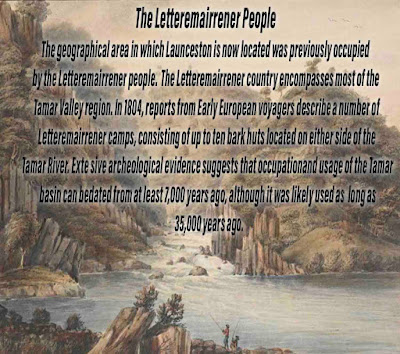For far too long Launceston has been wallowing in the Eurocentric GOTHICmire of colonialism and its aftermath. Somewhat serendipitously Launceston, now that it has happened, 'the place' was somehow subliminally ever likely to be a serendipitous HAPPYhome for a collection of surreal artworks and here we are BINGO! Someone spotted the surreal in Launceston and somehow it was always in prospect.
Given that DADA MUSE will be home for a significant collection of Salvador Dali works the city appears to be on the cusp of something beyond comprehension just weeks ago. Darli is a 20th Century GRANDchampion of the surreal and his skill as draftsman lends his art practice an undeniable credibility often to the chagrin of many in the artworld in his era who sought comfort in 'the classics'.
Alongside Dali's rise to fame in the 20th C DAdaism emerged and the 'movement' was infamously called the “anti-art” art movement, Dadaism developed out of the revolting disgust and the resentment that the debauched bloodshed and horror of the 1914-1918 First World War brought about – the war to end all wars that just did not fulfil that promise.
Dadaism’s purpose was to challenge the social norms of society, and purposefully make art that would shock, confuse, or outrage people. It thrived on counter attacking everything that was conventional in society.
The Dadaists imagined themselves to be the rebels of the art world and they inspired later major movements, such as Surrealism and even Punk Rock. Although Dadaism originally started as a protest of the first World War, it soon grew into a cultural phenomenon, permeating attitudes thought to be taboo, offensive, childish and kitsch – albeit that kitsch now has an intellectual audience of HIGHbrow cultural thinkers.
Dali and his work had an impact on society as the eccentric painter and his paintings obsessed audiences for many years. Dali was immensely popular in the art community for his originality in work, and several of his paintings now stand as icons for his era. Dali was admired by the public because he embraced innovative ideas of the time, many of which were integrated into his works as well as his life. He continued to implement new ideas as times changed, which allowed him to keep his popularity within the public and art enthusiasts, possibly making him one of the most distinguished artists of the 1990s.
Anyway being presented with a lobster on a telephone, a melting clock, an elephant with long legs, thinking back, at first glance, it was all too easy to think of Dali's work as it being an apparition created by a mad man.
After all, Dali intentionally pushed the boundaries between dreams and reality, sanity and madness; believing in a freedom of expression through which artists could express themselves beyond the constraints of reason and logic. Nevertheless, the motifs that inhabit and commonly adorned Darli's works are, in fact, rich with meaning and quite often open to Freudian interpretation – and apparitions too maybe.
Anyone with a modicum of art history under their belt will know of all this anyway and they will be screaming inside right now and they might well be grimacing with distaste and disagreement while others might be wondering and somewhat curious about what all this is actually about.
Anyway, as Dali himself told us, surrealism is destructive, but as he went on to say, it only destroys what it considers to be the shackles that limit our vision and imagination. Above all else that is what is what is so, so, frightening to the self appointed power mongers as the surreal lays bare their tender underbelly – and thus their vulnerability.
Likewise, our cultural memories, the persistence of memory and surrealism in all its manifestations is still there to alert us often enough to the diminishment and the debauchery that is invested in power mongering and war mongering wherever it is found – the battlefields of Europe, Korea, Vietnam, Afghanistan and right now in Ukraine. After all that there are the unacknowledged frontier colonial wars in Australia and somewhat poignantly, in Tasmania too. So, welcome to Launceston DADA MUSE!
David Gascoyne ..... Salvador Dalí
The face of the precipice is black with lovers;
The sun above them is a bag of nails;
the spring's
First rivers hide among their hair.
Goliath plunges his hand into the poisoned well
And bows his head and feels my feet walk through his brain.
The children chasing butterflies turn round and see him there
With his hand in the well and my body growing from his head,
And are afraid. They drop their nets and walk into the wall like smoke.









